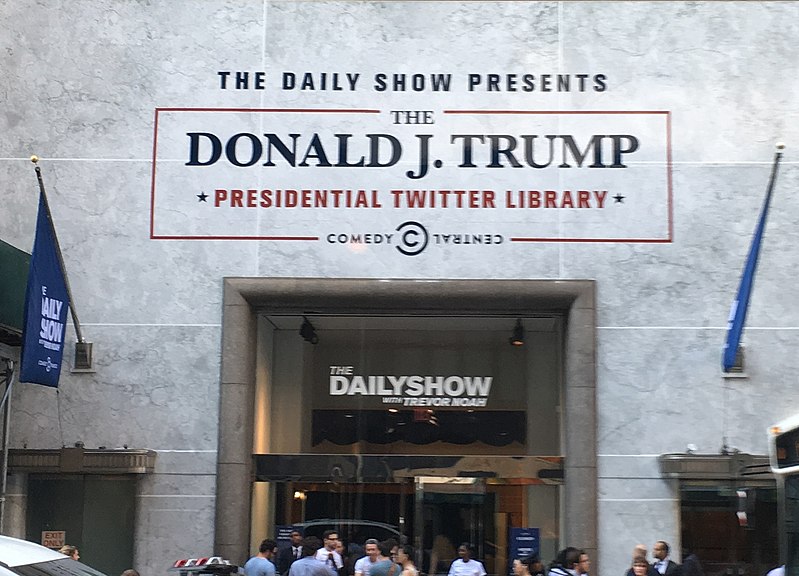The index tracks the volatility of two- and five-year treasury bonds caused by statements of the President. The index name is made up of "Vol" - "volatility" and - "fefe", part of the mysterious word covfefe that appeared on Trump's twitter because of a typo.
Most often, markets react to tweets with the words “China,” “billion,” and “goods”, analysts say. Since being elected in November 2016, Trump has posted an average of more than ten tweets per day to an audience that is now approaching 64 million followers.
Of the approximately 4,000 of his original tweets published during office hours, only 146 affected the market, experts said.
Most often, the President’s tweets appear in his microblog from noon to 2:00 p.m.; users are most likely to read them by 13:00 p.m. However, he often publishes tweets at 3 a.m., which may adversely affect the markets due to the small volume of nightly trading, analysts said. An analysis of the President’s twitter page shows that he sleeps from 5 a.m. to 10 a.m., as new tweets do not appear during these hours.
The President often tweets about the trade war with China, and also criticizes the US Federal Reserve.
source: bloomberg.com, cnbc.com
Most often, markets react to tweets with the words “China,” “billion,” and “goods”, analysts say. Since being elected in November 2016, Trump has posted an average of more than ten tweets per day to an audience that is now approaching 64 million followers.
Of the approximately 4,000 of his original tweets published during office hours, only 146 affected the market, experts said.
Most often, the President’s tweets appear in his microblog from noon to 2:00 p.m.; users are most likely to read them by 13:00 p.m. However, he often publishes tweets at 3 a.m., which may adversely affect the markets due to the small volume of nightly trading, analysts said. An analysis of the President’s twitter page shows that he sleeps from 5 a.m. to 10 a.m., as new tweets do not appear during these hours.
The President often tweets about the trade war with China, and also criticizes the US Federal Reserve.
source: bloomberg.com, cnbc.com



















